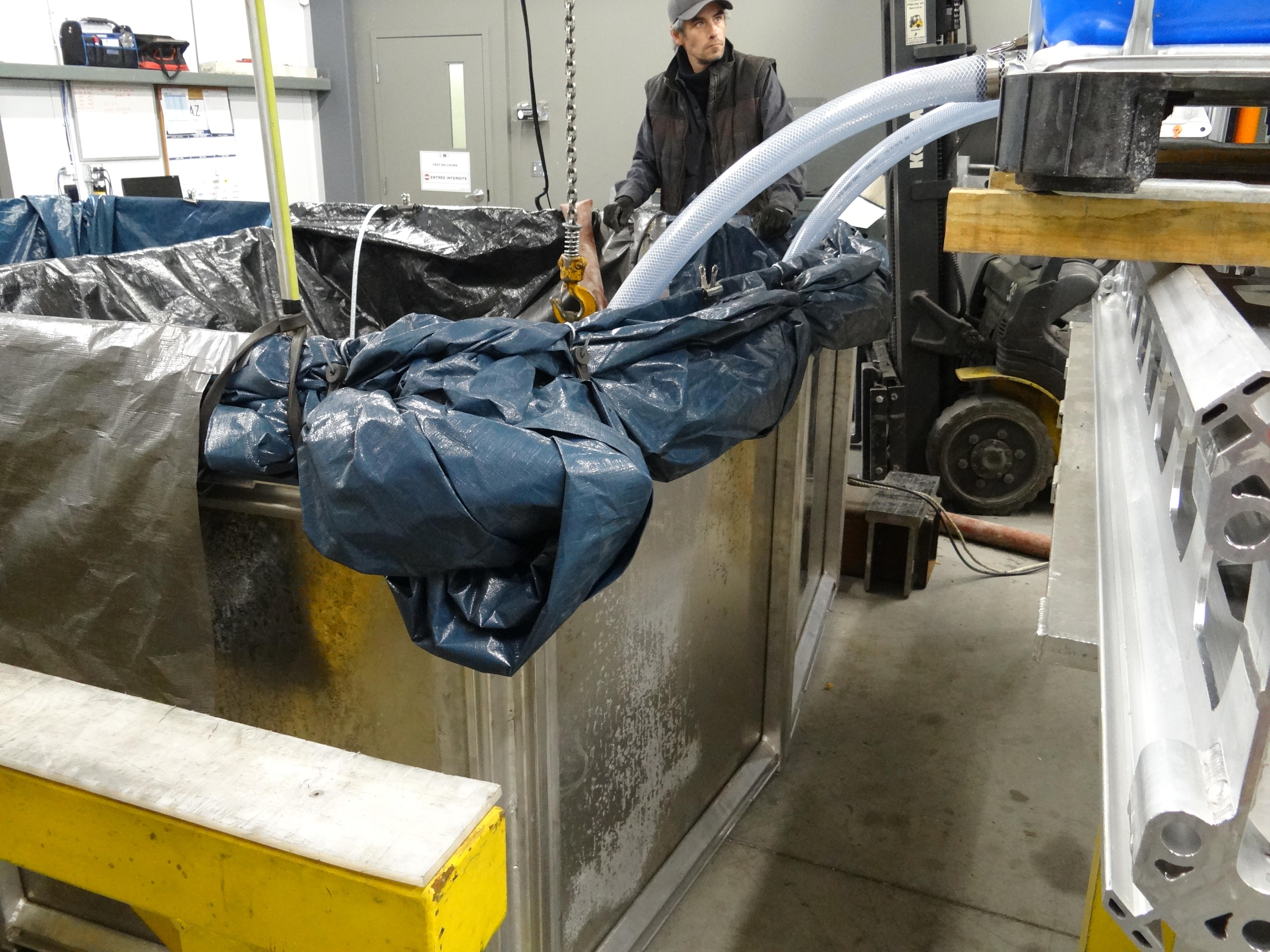Floods are the most common type of natural catastrophe. These floods are often caused by heavy rains, rapid snowmelt, tropical cyclone or tsunami in coastal areas.
A flood can cause widespread devastation, resulting in many deaths and damages to public health infrastructure and personal property. According to the World Health Organization (WHO), between 1998 and 2017, floods affected more than two billion people around the world.
How are floods caused?- Flash floods (caused by sudden and excessive rainfall that raises water levels in rivers, streams, channels or roads)
- River floods (caused by regular rain or snowmelt that causes rivers to overflow their capacity)
- Coastal floods (caused by storm surges from tropical phenomena like cyclones or tsunamis)
Experts also indicate that floods are becoming more frequent and intense due to climate change. In fact, according to the World Meteorological Organization (WMO), sea level has risen about 3 millimetres per year since 1993, nearly 200 millimetres (7.87 inches) in total since 1870.
This represents significant losses for several countries worldwide. As part of our investigation process, we decided to work with an interactive Global Flood Map that uses NASA satellite data to display the areas of the world below water level and at risk for flooding if the ocean level rises. We simulated a 6 inches increase above ocean level, and it gave us the following results:

The list of countries and the number of people affected worldwide is even more impressive. In this scenario, 158 countries would be affected, and approximately 24,577,102 people would be in danger or would have to move to other areas. We took only the top 20 to illustrate a graphic:

As per the economic losses, according to the Global Natural Disaster Assessment Report (2020), a total of 313 significant natural disasters (excluding epidemic diseases) occurred worldwide in 2020, affecting 123 countries and regions. Among these disasters, 193 were caused by floods, with the highest frequency. As a result, the global economic losses caused by floods reach USD 51.457 billion.
All the experts mention that preventive measures and adequate flood planning and management practices are essential to decrease flood risks worldwide.
An innovative SystemAiming to mitigate the effects of flooding. SBB, alongside Canadian fire and rescue services, developed a system with the highest stability and durability available on the market that can be deployed in anticipation or at the start of submersion.
Our Flood Protection System is an innovative, lightweight, easy, resistant, eco-friendly and adaptable structure that includes concave and convex panels made of marine aluminium alloy that doesn't rust even in saltwater.
It comes with legs with different angles of adaptation, so it can be placed in any terrain. Its absorption properties come from the use of a particular hermetic material associated with bentonite.
We created this system with our client's satisfaction at heart. We know they need to have a quick and easy solution in moments of distress, and this is precisely what our Flood Protection System is about! It requires no specialized tools, panels can be manipulated by one person, and it takes 2-3 people about an hour to install a barrier of 100 m.

How resistant is this Flood Protection System?
Like everything we create at SBB, we tested our flood protection system in the factory and the field. As a result, we are confident to affirm that our Flood Protection System is designed to withstand increased loads (waves, currents, debris, etc.)
How do we know it? Our barrier went through the Finite Element Analysis (FEA). The FEA was successfully performed to simulate the most challenging test of the FM Approval Standard for Flood Mitigation Equipment certification, class number 2510, April 2019.
In these tests, our barrier withstood the load of 2 wooden logs projected consecutively on it while showing a permanent deformation far below the prescribed limit of 0.8" (2.0 cm) versus an authorized maximum of 6 "(15 cm). Our infiltration tests showed results of only 46 litres /hour/ meter of barrier, approximately 25% of the limit prescribed by the FM certification (186 litres/hour/meter).
Perfect for floods...and more
When we say innovation is at our core, we mean it! Of course, we wanted to make something as efficient, eco-friendly and resistant as possible, but we don't want to limit the use of our structures to just one purpose.
Our barriers can be used for other purposes, such as:
- Storage system for water reserves in areas with possible wildfires.
- Any other liquid storage basin.
- Pipe plugging or tight closure of utility holes.
- Watercourse diversion.
- Barriers at a public event, etc.
The limits of use of our barriers are up to the creativity and needs of our clients.
Are you working on your flood management measures, or does this inspire an idea? Contact us!



